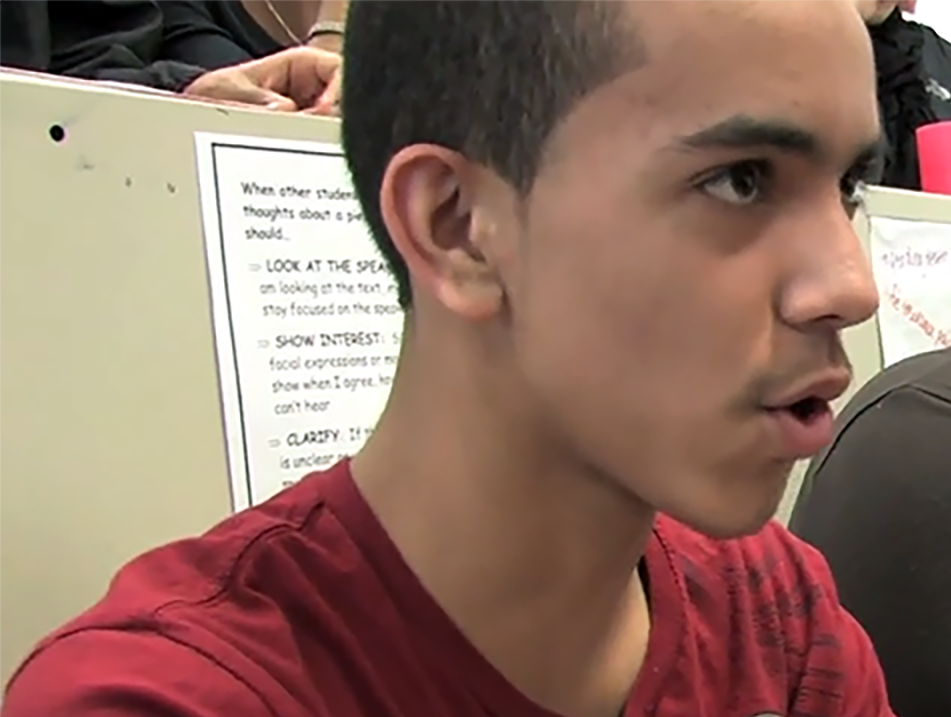Grade Levels
In the primary grades, it is important that learners know the meanings of the words they encounter as they learn to read and write. For instance, young learners may have a harder time reading or sorting words that share the -og ending if they only know the meanings of dog and log, but not of bog, cog, hog, jog, nog, or slog. So, teaching that spelling pattern also offers a great chance to teach some new vocabulary.
Hearing and reading words in rich contexts supports word learning for all ages of students. But younger students are especially dependent on hearing and speaking new words.
As students get older, their vocabularies grow each year, adding less frequent and more technical words. In the middle grades, students may be able to reproduce definitions of these new vocabulary words for a test, but without deeply understanding the words. Students who have had limited exposure to words develop limited meanings for them. For example, ‘substitute means a teacher’ or ‘interpret means say a Spanish sentence in English.’ These are the grades when depth of vocabulary as well as breadth becomes an important target of instruction."
For students working below grade level, the strategies are essentially similar to grade level strategies. These students may simply need more: they need more words addressed, but with more supports like those offered to ELs and more explicit and scaffolded instruction.
Professional Learning Task
Get together with other teachers who teach at your grade level and consider how you teach vocabulary:
REGARDING TEACHER PRACTICE
- Which strategies are we choosing and why?
- Where are our instructional strengths? Opportunities?
- How do we collaborate as colleagues in this area?
- What is our vision for vocabulary teaching and learning?
- What does this look like across our classes in its ideal state?
REGARDING IMPLEMENTATION AND EVALUATION
- What data are we relying on?
- What do the data indicate my students need?
- How will these practices impact student learning?
- What resources do we need to make any changes happen?
- How will we get these resources?
- How can we implement/improve our vocabulary instruction (what will we do?)
- How will this impact student learning?
- How will we measure impact?
- What resources do we need?
- How will we get these resources?

